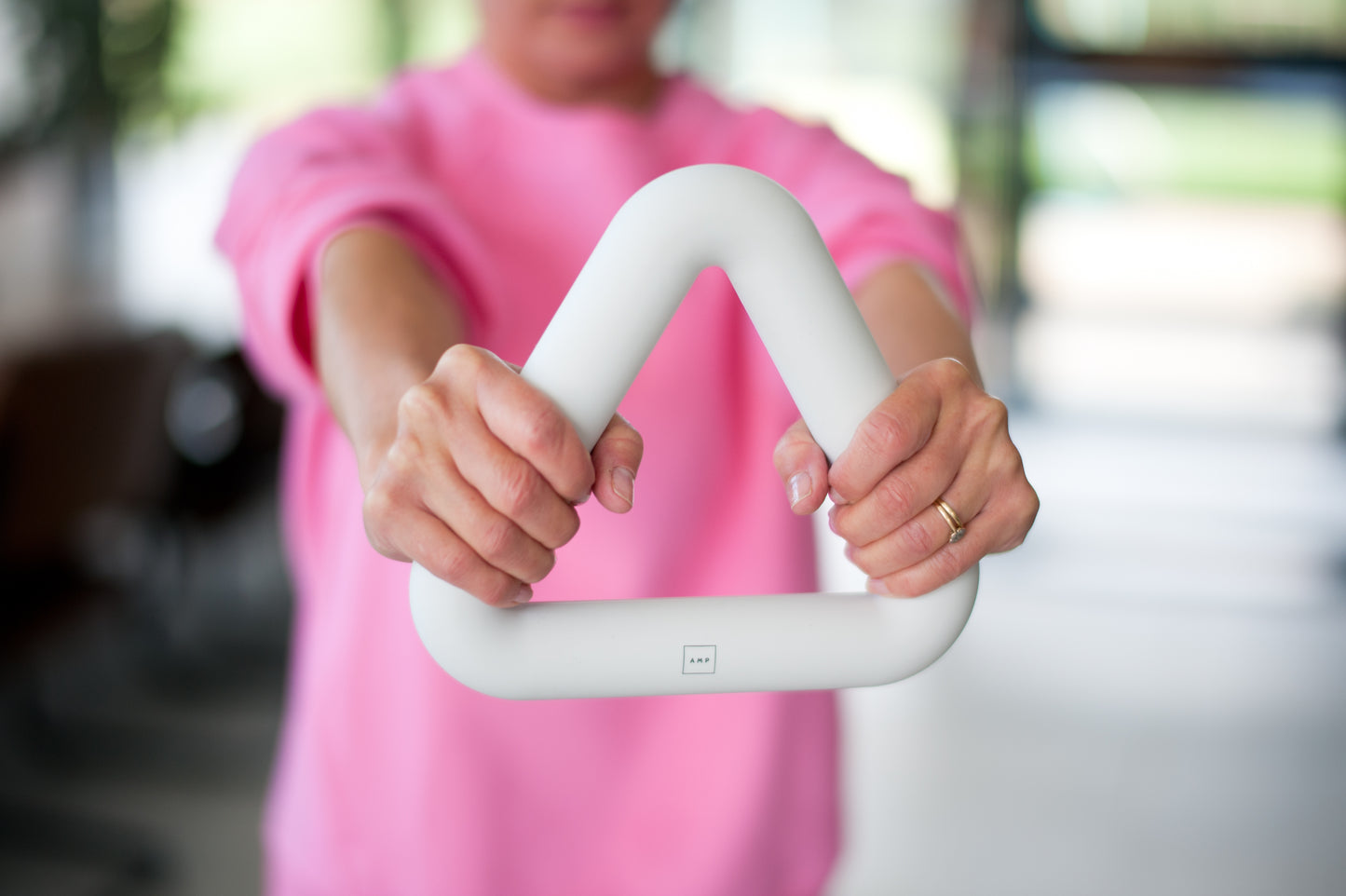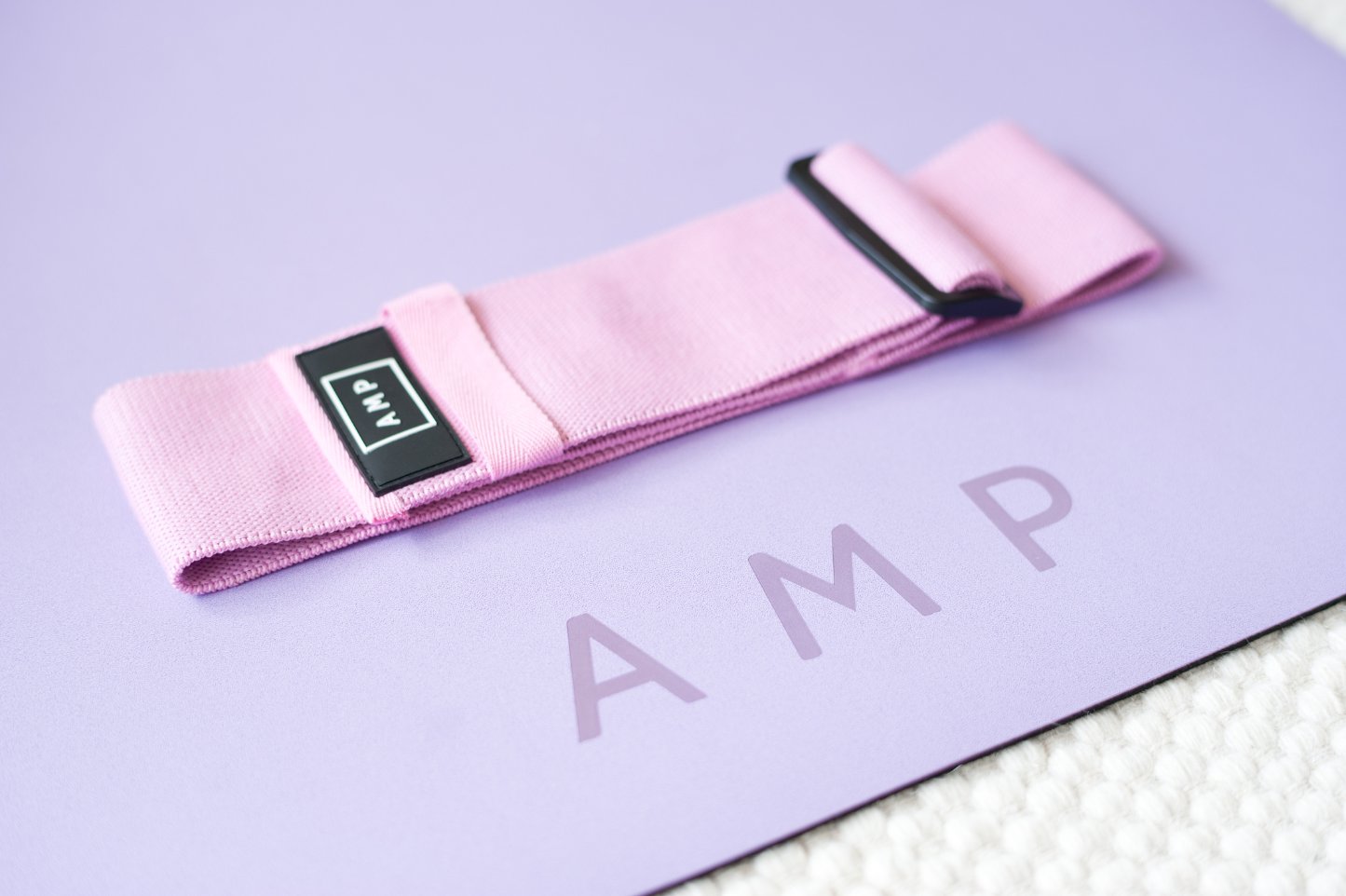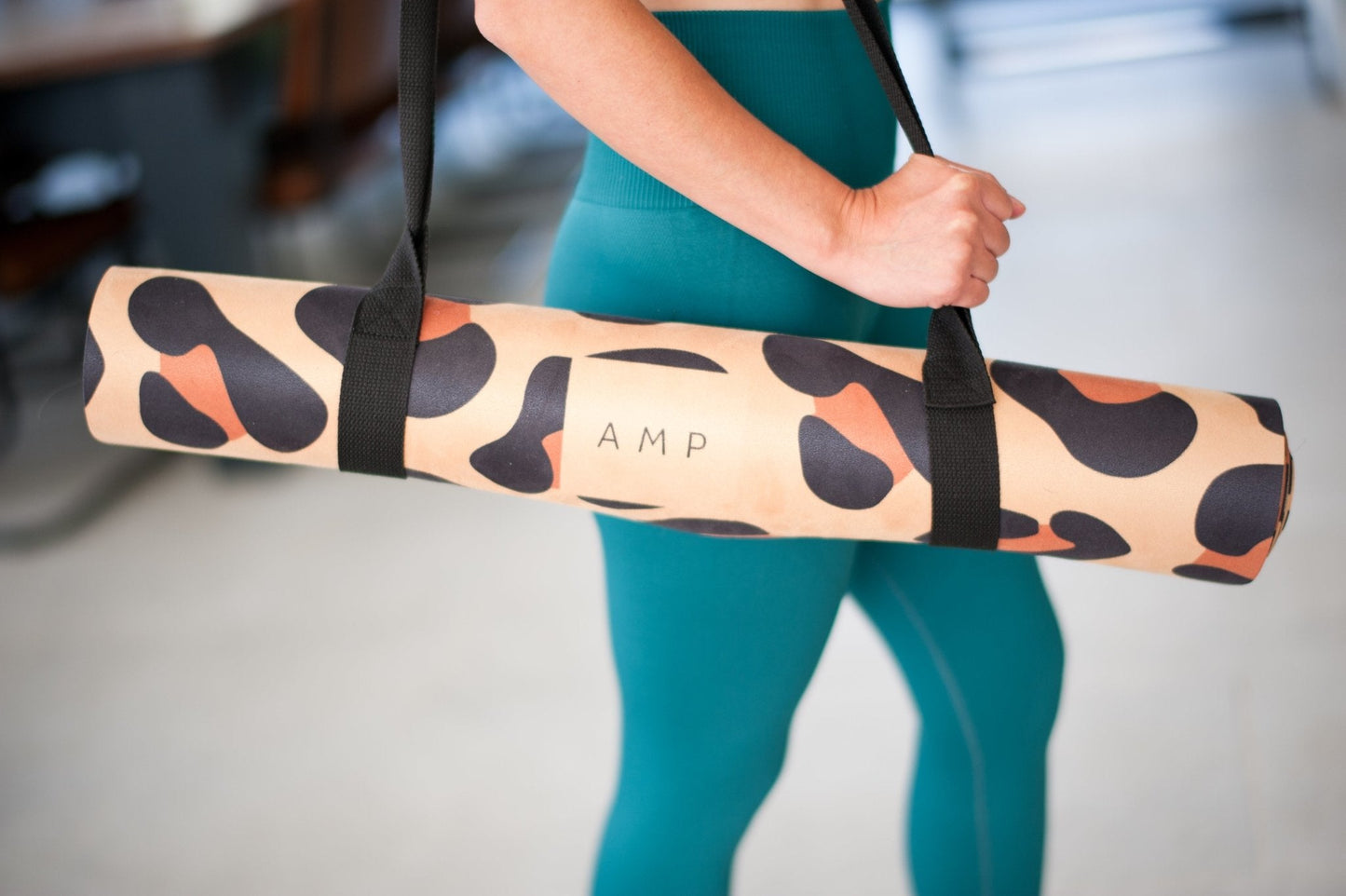If you want to enhance your Pilates practice or add a fresh, effective twist to your fitness routine, incorporating Weighted Pilates balls is the way to go. These compact, versatile tools are perfect for increasing resistance, boosting core engagement, and promoting overall body strength and stability.
Whether you're a Pilates enthusiast or a beginner exploring fitness with weighted equipment, this routine offers a balanced blend of strength training, core activation, flexibility, and relaxation. Plus, it’s low-impact, making it accessible to all fitness levels and ages.
Why Use Weighted Pilates Balls?
Weighted Pilates balls are small but mighty. They add resistance to traditional Pilates exercises, enhancing their benefits by:
- Engaging deeper muscle fibres
- Improving balance and stability
- Supporting joint mobility
- Boosting calorie burn and metabolism
By integrating these weighted balls into your workout, you’ll notice significant improvements in muscle tone, core strength, and functional fitness, all while enjoying a safe, joint-friendly exercise. Plus they are gorgeous to hold and fit in the palm of your hand, making them easy, comfortable and enjoyable to use.
35-40 Minute Weighted Pilates Ball Workout Routine
This Pilates workout is designed to maximise the benefits of incorporating weighted Pilates balls. Perform each exercise slowly and with control, focusing on form and breathwork.
Warm-Up (5 Minutes)
Prepping your body is essential for preventing injuries and improving performance. Start with these Standing Roll Downs to wake up your spine and core.
Standing Roll Downs with Weighted Ball
Stand tall with feet hip-width apart, holding the weighted ball in both hands.
Inhale as you reach the ball overhead, and exhale as you roll down, vertebra by vertebra, bringing the ball towards the floor.
Inhale at the bottom, and exhale as you roll back up, stacking your spine.
Repeat 6 times to increase mobility and warm up your body.
You could always do these seated as well.

Core Activation (8 Minutes)
Target and strengthen your core muscles with these focused moves.
Ball Roll-Ups
- Lie on your back, legs extended, holding the weighted ball above your head.
- Inhale as you curl up, bringing the ball forward.
- Exhale as you stretch toward your feet, keeping control.
- Reverse the motion slowly and repeat 8 times.
Oblique Twists with Ball
- Sit with knees bent, feet flat, holding the ball at chest level.
- Lean back slightly, twisting your torso to the right to tap the ball beside your hip.
- Return to the center and twist to the left.
- Perform 10 twists per side to strengthen obliques.
Strength and Stability (10 Minutes)
Build strength and balance with these powerful, controlled exercises.
Weighted Bridge
- Lie on your back with knees bent, feet flat, holding the balls on your hips.
- Inhale to press through your feet, lifting your hips into a bridge.
- Exhale to slowly lower back down.
- Perform 10-12 reps to target glutes and hamstrings.
Single-Leg Dead Bug with Ball
- Start on your back with arms holding the ball overhead and legs in a table top position.
- Lower your right leg and left arm simultaneously, keeping your core engaged.
- Return to start and switch sides.
- Perform 8-10 reps per side.
Upper Body Focus (8 Minutes)
Tone and strengthen your upper body with these exercises.
Ball Chest Press
- Lie on your back, knees bent, holding the ball at chest level.
- Inhale as you press the ball up.
- Exhale to slowly lower it back.
Perform 10-12 reps for stronger shoulders and chest.
Tricep Extension with Ball
- Sit or stand, holding the ball overhead.
- Inhale as you bend your elbows to lower the ball behind your head.
- Exhale to straighten arms.
- Perform 10-12 reps for sculpted triceps.
Lower Body Focus (8 Minutes)
Strengthen and tone your legs while improving stability.
Ball Squat Hold
- Stand with feet shoulder-width apart, holding the ball at chest height.
- Lower into a squat, keeping thighs parallel to the floor.
- Hold for 15-30 seconds, engaging your core, then rise back up.
- Repeat 3-5 times.
Lateral Lunge with Ball
- Hold the ball at chest level and step out into a side lunge.
- Lower the ball toward your knee and push off to return to standing.
- Perform 8-10 reps per side.
Cool Down (5 Minutes)
Relax and stretch to improve flexibility and aid recovery.
Seated Forward Fold with Ball
- Sit with your legs extended, holding the ball.
- Lengthen your spine on an inhale, and fold forward on an exhale, reaching the ball toward your feet.
- Hold for 20-30 seconds.
Seated Spine Twist with Ball
- Sit cross-legged or with legs extended, holding the ball at chest level.
- Twist your torso to the right, exhaling, and return to center on an inhale.
- Repeat 5-6 twists per side.
Key Benefits of This Workout
This workout is a game-changer for anyone looking to level up their fitness routine with minimal equipment. Here’s what you can expect:
Improved Muscle Tone and Strength – Sculpt your body with added resistance from the weighted balls.
Enhanced Core Stability – Build a stronger, more functional core.
Increased Balance and Coordination – Improve everyday movements and athletic performance.
Boosted Flexibility – Stretch dynamically for better joint mobility.
Higher Calorie Burn – Elevate your metabolism and manage weight.
Stress Relief – Embrace mindful movement to reduce tension and feel centred.
Looking for more?
For more Weighted Pilates Ball workouts, try this 10 minute upper body sculpt with Lauren Swadling of @barresculptpilates.
Why Save This Routine?
This Weighted Pilates Balls Workout Routine is not only effective but also enjoyable and easy to adapt to any fitness level. Please share it with friends and family to inspire them to prioritise fitness. By saving this guide, you'll always have a go-to workout for days when you want a full-body challenge with minimal equipment.
Embrace the transformative benefits of this workout today—your body and mind will thank you!













































